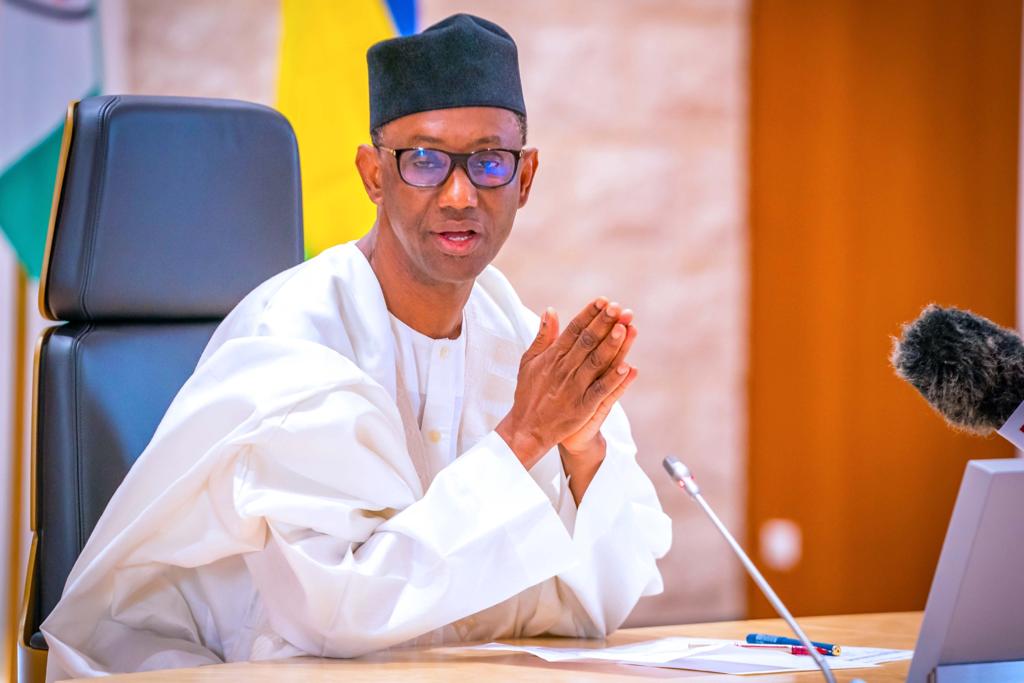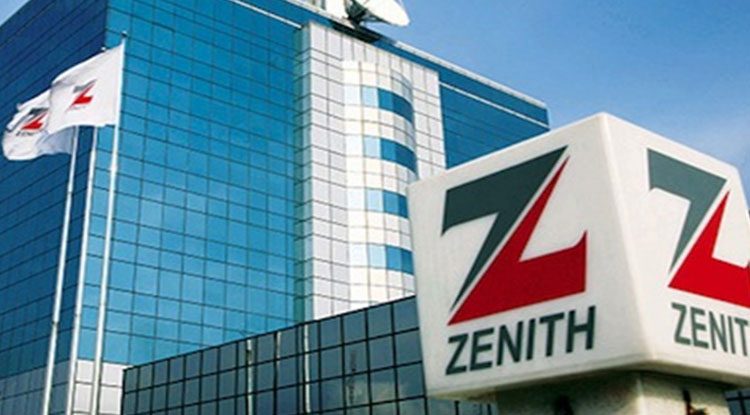Want to retire early? Don't play with FIRE by skipping the math - The Times of India
By mid-2025 when equity markets were on a high, many young investors, especially those who hadn’t seen a full market cycle (https://shorturl.at/RTeFq), started to dream an early retirement. Blame it on long working hours they weren’t accustomed to, or a raging equity market which lulled them into believing it could never go down or numerous media reports at the time that romanticised FIRE (a popular acronym: Financial Independence, Retire Early). Forty was the new 60. Financial planning was conveniently forgotten; youngsters started hanging their boots. Or simply chose to look the other way.
According to the recent Grand Thornton survey on the Indian Pension Landscape, 43% of young Indians—particularly those aged 25 or below—aspire to retire between the ages of 45 and 55.
Moreover, 55% of the respondents expect a monthly pension of more than Rs.1 lakh. While that’s not impossible, it’s a tough goal. Retiring in your 40s or early 50s means funding 3-4 decades without income, assuming a life expectancy of around 80. That calls for a massive corpus. If you aspire to FIRE your life, the question is: are you doing enough to make it happen?
ET Wealth spoke to three individuals who wish to retire early. And then asked three financial planners to tell us if these youngsters can afford to retire early.

Accounting analyst & fashion influencer
Rs.50,000/month
Rs.40,000–45,000;go into EMIs, brother’s education, and content creation
Retire at 45–50 with Rs.1 lakh/month passive income, own a home and car

Her FIRE goal is unrealistic, given her low savings rate and multiple financial obligations. There is need to first address liabilities, secure insurance, and start building wealth systematically before aiming for early retirement.
Meet Delhi-based Ruby Ojha, 24, an accounting analyst and a fashion influencer. She has a salary of around Rs.50,000 a month, and wants to retire by the time she is 50. But being a fashion influencer, she wants to build her own brand and make money out of it. Her vision? Earn a passive income of close to Rs.1 to 1.5 lakh a month after 50, travel frequently, own a car and a house. She has savings of close to Rs.1.95 lakh spread across a Public Provident Fund, a savings account, and two mutual fund SIPs of Rs.2,500 a month each.
Ojha has responsibilities on her head. Nearly 90% of her income or close to Rs.45,000 goes into paying Equated Monthly Instalments (EMI) for loans taken to buy a car and house. Add groceries, supporting her younger brother’s high school education and maintaining content on her fashion blog and social media profiles, she manages to save a bare minimum through the two MF SIPs.

Flight attendant
Rs.50,000-1.2 lakh/month
Retire at 45-50 with Rs.1.5 lakh/month income.
Spends as per 50:30:20 rule; grooming is a key expense

It’s too early to actively plan for retirement. Instead, Katoch should focus on building a strong financial base through short-term goals, personal insurance, and consistently increasing her investment contributions.
Kalpesh N. Ashar, a Sebi (Securities and Exchange Board of India)- registered investment adviser and founder of Full Circle Financial Planners and Advisors, says that if we account for a 6% inflation, Ojha’s expenses at age 50 would be approximately Rs.2 lakh. If she wishes to retire then and assuming she’d live till 80, she will need a corpus of Rs.3.55 crore at age 50 to sustain her expenses through retirement.
Another gap in Ojha’s retirement plan, Ashar notes, is the presence of other financial goals such as buying a house and a car. Apart from the goals that Ojha mentioned, there are others—like marriage and children’s higher education—that haven’t been factored in and could arise at any stage in life. Ashar says that the Rs.3.55 crore corpus goal for her to accumulate by age 50 to fulfil her FIRE dream is “highly unrealistic.” “Monthly investments are on a very low end since she has ongoing EMIs for her car loan and home loan,” says Ashar.
Ashar’s final recommendation: Before Ojha thinks of FIRE, she must “first keep her emergency fund in place, pay off her liabilities as soon as possible, get her insurance portfolio in place i.e., acquire the correct policies, increase her investments and focus on wealth creation for the long term.”
A big part to achieving your FIRE dreams is to keep your expenses in check in your formative years. Gurugram-based Taimun Katoch, 23, is a flight attendant. Looking good and well-groomed is part of her job.
She spends around 50% of her earnings every month. Another 30% gets spent for shopping, dining out, and lifestyle-related purchases. About 20% of her income goes into savings—Rs.5,000 monthly in MFs through SIPs, Rs.10,000 in a gold-saving scheme with a gold jewellery store. Aside from these, she has around Rs.30,000 in an emergency fund and Rs.50,000 in a fixed deposit.
Katoch aims to retire at around 40 or 50, after setting up her Airbnb business. Her goal is to set up multiple properties to generate passive income and maintain her current lifestyle. She envisions her retirement as a peaceful vacation—one where she can travel occasionally and continue to afford the comforts she enjoys today.
Lovaii Navlakhi, Managing Director and Chief Executive Officer, International Money Matters, says that Katoch is still too young to think about retirement. He recommends an emergency fund of up to 3 months’ worth of expenses and a personal health insurance policy, even if she has an office-provided health insurance.
But more importantly, Navlakhi recommends a cut back in spending. He suggests savings of up to 30-40% of her income, instead of 20%. Given her variable income (depending upon flying hours, or layovers), Navlakhi says that if she earns Rs.50,000 per month, she should invest Rs.15,000. At Rs.1.2 lakh income, the investment should rise to Rs.50,000. “Any extra income should see 50% routed to savings,” Navlakhi adds. Additionally, he recommends a reduction in her spending from 50% on needs, to 40-45% by tracking expenses, as spending habits evolve.

Entrepreneur
Rs.90,000-1 lakh
Retire at 40 with Rs.2.5 lakh/month income.
Rs.56,500;includes Thar upkeep, trips, and dining out
Rs.20,000
Rs.16 lakh

With unstable income and low SIPs, retirement at 40 is not feasible. He should focus on income growth, setting up an emergency fund and buying health insurance. A delayed retirement goal would be more realistic.
Katoch has high ambitions. She says she wishes to earn an income of Rs.1 lakh (in today’s value) a month in retirement. Navlakhi points out that to get this amount, she’d need a corpus of Rs.1.8 crore, if life expectancy is 20 years after retirement, but she would need Rs.4-6.5 crore if she lives another 60 years. “Also, Rs.50,000 of her current expenses will inflate to Rs.1.6 lakh in 20 years at 6% inflation. Her lifestyle spends may also increase, then the corpus needed will increase even more,” says Navlakhi. Are you saving enough?
Haris Mirza, 25, is an entrepreneur. He says that he wishes to retire by 40. He wants a monthly income of at least Rs.2.50 lakh, as per today’s value. He is a travel buff and wishes to continue travelling in his retirement years. Can he afford it?
His monthly income at present is Rs.90,000, but that varies as he is an entrepreneur and doesn’t get a fixed salary. His monthly investment in MF SIPs are Rs.20,000. But he comes armed with a saving of Rs.16 lakh. His monthly spends: around Rs.56,500.
Retiring at 40 with a monthly income of Rs.2.5 lakh requires exceptional financial discipline, consistent high returns, and aggressive income growth, says Shilpa Bhaskar Gole, Founder, Nerdybird Financial Wellness, who checked out his case. To sustain this lifestyle for 50 years, Mirza would need a corpus of Rs.16 crore by 40 (assuming 6% inflation and 10% return during retirement). With Rs.16 lakh invested and SIPs of Rs.20,000 per month, there’s a large gap. He’d need SIPs of Rs.1.9 lakh per month, stepped up 10% annually. That is currently out of his reach with his unstable Rs.90,000 income, as per Gole’s estimates.
Gole suggests that his immediate focus should be building an emergency fund of Rs.3.4 lakh (6 months’ essentials) and getting health insurance. These create a financial safety net so he can focus on growing his business, the only viable path to increasing income enough to support his aggressive wealth goal.
Alternatively, Mirza can rethink his timeline. Retiring at 60 is far more achievable, needing SIPs of just Rs.21,000 per month with a 10% annual step-up, possible with small spending tweaks. Either way, Mirza must start tracking his expenses and stay intentional. His dream is achievable—but only with clarity, commitment, and conscious trade-offs,” says Gole.
Figure out your expenses first and then inflate them till the time you wish to retire. Assume a life span and then calculate how much money you need to meet the expenses.
Track your spending. Try to keep lifestyle expenses within around 40% of your income so that you can consistently invest 50-60%.
Use different investment accounts for different goals. Don’t dip into retirement funds for travel or gadgets. Keep retirement as your primary goal.
Create an emergency fund worth 6 months’ of expenses. Get health and term insurance to avoid financial shocks.
In your 20s, allocate 80-90% of long-term investments to equity for higher returns. Shift towards debt instruments closer to retirement.
Each raise should boost investments. Entrepreneurs must grow income through more gigs. Higher income = higher savings potential.
Just because you earn more doesn’t mean you need to spend more. Increase your savings rate as your income grows.










